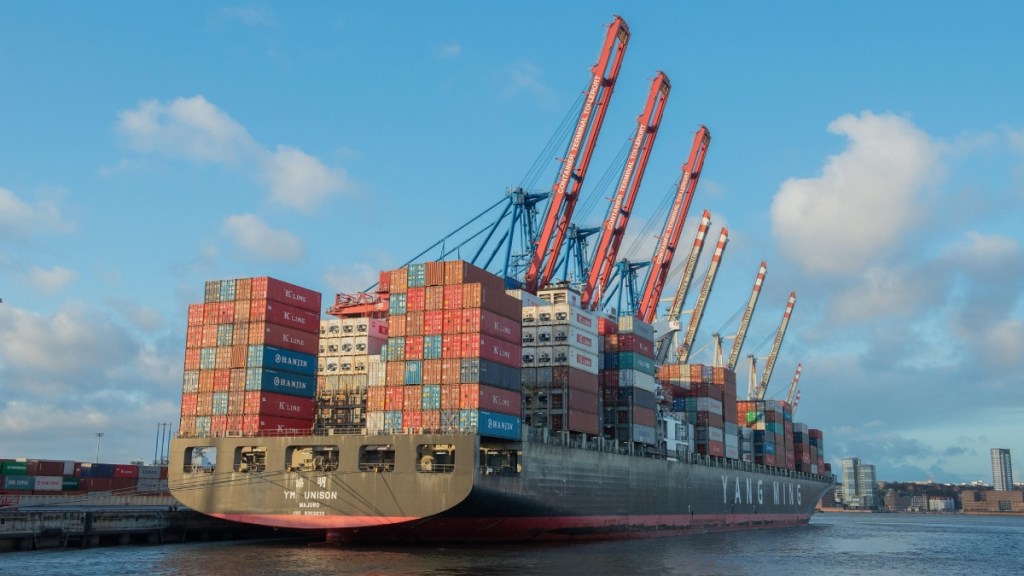By Ajay Sahai, Director general and CEO, Federation of Indian Export Organisations
Inspired by Donald Trump’s “Trumponomics” and his declaration that “tariff is the most beautiful word in the dictionary”, India and the United States have initiated discussions on the terms of reference for a proposed bilateral trade agreement (BTA).
The looming threat of a global trade war, which rattled the American bond market, prompted a 90-day pause in the imposition of reciprocal tariffs — excluding those on China. As the 90-day pause on reciprocal tariffs concludes on July 9, India stands at a pivotal juncture in its trade policy. The global landscape — shaped by the ongoing US-China tariff stand-off, supply chain realignments, and a strengthening India-US trade relationship — offers India a rare strategic opening.
The key question is: Can India transform this moment of economic uncertainty into a long-term export opportunity?
With US tariffs on Chinese goods reaching up to 245%, American firms are actively diversifying their sourcing strategies. They are pursuing the “China+1” strategy — not just for risk diversification but also as a geopolitical imperative. India is emerging as a strong and viable alternative in sectors such as pharmaceuticals, electronics, engineering goods, apparel, footwear, furniture, and toys.
Simultaneously, US domestic policies like the Inflation Reduction Act and CHIPS Act signal a shift toward protectionism — but they also create fresh opportunities for aligned partners. Strategic sectors such as clean energy, semiconductors, technology, and defence co-production are now ripe for deeper India-US collaboration. This also provides an opportunity to build a high value-added export base.
To seize this moment, India must adopt a focused, forward-looking export strategy balancing domestic priorities with global opportunities. A six-pronged approach can help build a robust and resilient trade framework.
Engage constructively, not confrontationally: Rather than respond with blanket tariffs, India should use them selectively as part of a broader negotiation framework. Tariffs can serve as leverage in the India-US Trade Policy Forum to resolve sectoral disputes.
Sector-focused market access: Target sectors where India has comparative advantages and the US seeks alternatives to China. In pharmaceuticals, move beyond generics to biosimilars and biotech. In electronics/semiconductors, use production-linked incentive schemes to integrate into US supply chains. In textiles and leather, negotiate for lower or duty-free access.
Align with US strategic interests: Position India as a preferred partner in US’ priority areas. Supply components for solar panels, electric vehicles, and green hydrogen.
Leverage India’s strength in critical minerals and battery processing to support US diversification from China. This alignment can unlock privileged trade terms, investment flows, and reduce tariff risks.
Advance a phased BTA: A comprehensive BTA may not be feasible immediately but a phased approach can yield results. Start with tariff negotiations — especially in sectors where India has competitive strength and China is losing ground — and then expand to services, investment, and digital trade. India currently holds a first-mover advantage. US buyers and even Chinese companies are turning to Indian suppliers amidst tariffs — a signal that India is well-placed to benefit from global trade shifts. A few days ago, I visited the Phase 1 of the China Import and Export Fair (Canton Fair). Many Chinese suppliers were desperately reaching out to Indian manufacturers to exports to their US buyers, on commission, to retain their customers.
Strengthen the trade ecosystem: We should further focus on the key issues of infrastructure, finance, and compliance. We must modernise ports, reduce dwell time, and expand multimodal connectivity. We must support micro, small, and medium enterprises with expanded credit lines, interest subvention, and stronger Export Credit Guarantee Corporation of India coverage. We should also provide technical assistance to exporters to meet US safety, health, and environmental standards — especially in food and pharma.
Diversify export markets: We should accelerate free trade agreements with partners such as the UK, European Union, Gulf Cooperation Council, New Zealand, Oman, and Peru to broaden India’s trade footprint and reduce overdependence on any single market.
As the tariff pause ends, we must resist the temptation to engage in retaliatory trade actions. Instead, this moment calls for strategic patience and proactive diplomacy. The goal should be to reframe the India-US trade relationship through sectoral collaboration, forward-looking negotiations, and domestic capability enhancement.
By aligning with US interests, leveraging global shifts, and strengthening the domestic trade ecosystem, India can turn the opportunity in July 2025 into a launchpad for sustained export-led growth and a deeper partnership with the US.

